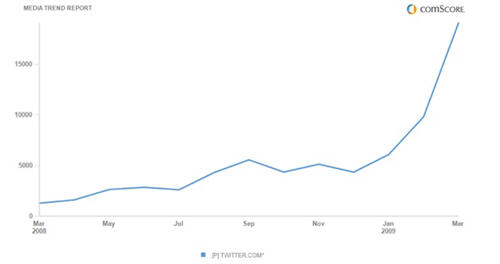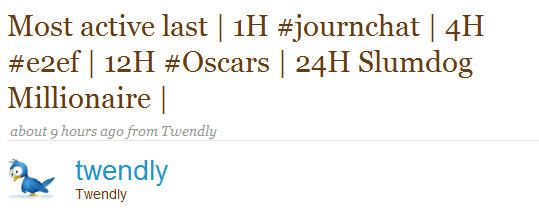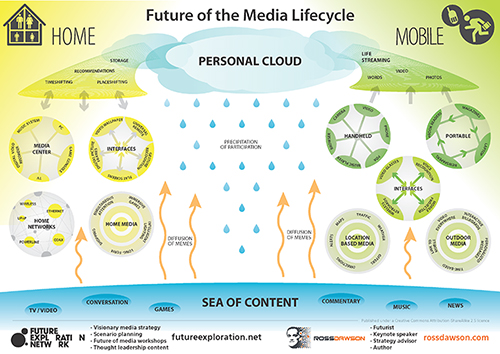Innovation Bay angel dinner: great stories from start-ups Goanna, Posse and AdSoft
Since Victoria and Phoebe are still in hospital, last night I snuck out to Innovation Bay’s angel dinner. Innovation Bay has been running for five and half years, bringing together an invitation-only group to a variety of compact events. The founders Ian Gardiner, Rand Leeb-du-Toit and Phaedon Stough recently got together to reassess what they should do with the community and decided to run an ‘angel dinner’, inviting all of their speakers over the years plus some other successful entrepreneurs and investors to see some new start-ups. I in fact spoke at Innovation Bay’s second event in early 2004, giving an overview of the social networking space at the time, including key players and business models.
It was an excellent evening, and all three of the companies that presented were very impressive with very good stories to tell. Here are some brief notes from the evening:



